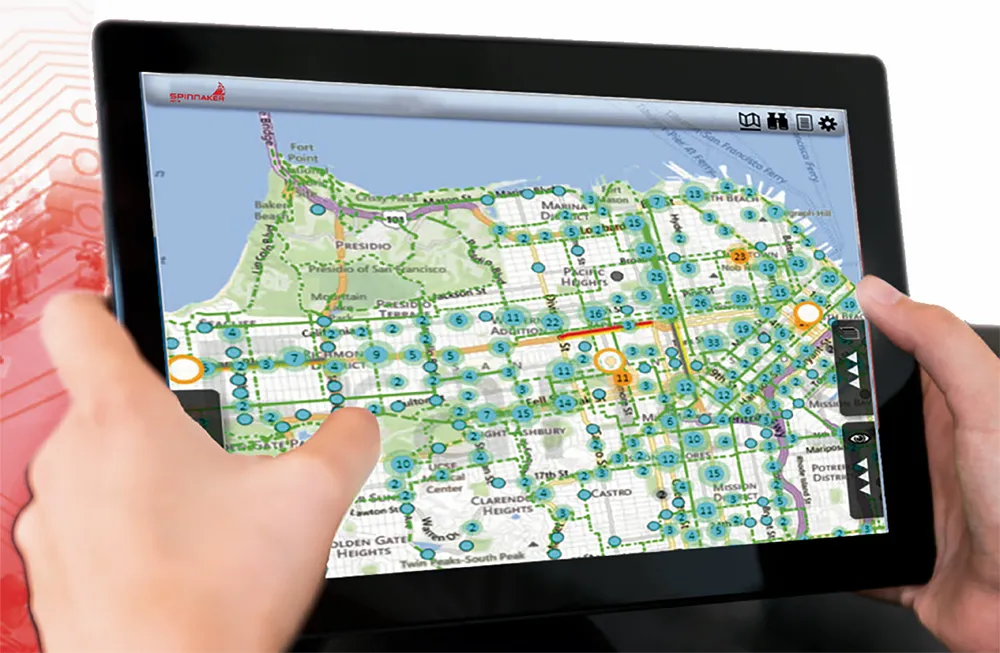Siemens has been chosen by the Santa Clara Valley Transportation Authority (VTA), a US independent special district that provides sustainable, accessible, community-focused transportation options for Santa Clara County, California, to provide innovative electrification technology to power the Guadalupe Corridor light rail line. VTA’s infrastructure modernisation will replace 27-year-old systems with Siemens’ new technology that includes advanced monitoring and diagnostic features to streamline maintenance a
March 17, 2017
Read time: 2 mins
The new technology includes traction power substations that convert alternating current electricity provided by the local utility to direct current in order to power the light rail trains, modern protection communication devices and circuit breakers and controllers that monitor the system and report issues if they arise. These systems can detect faults sooner and minimise stress on the line, resulting in a longer vehicle lifecycle.
Siemens will be responsible for the full delivery of the project from design and production to final commissioning, including all elements of preparing the site and replacing the old existing traction power substations that converts electric power for the vehicles. Commissioning is scheduled to begin in November 2017.









